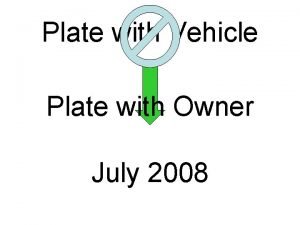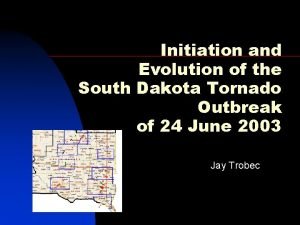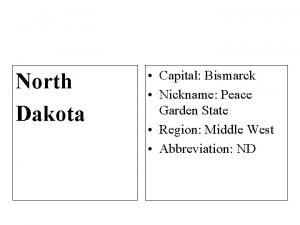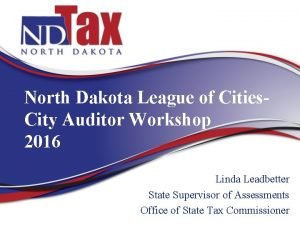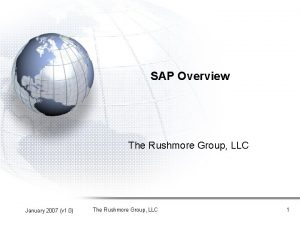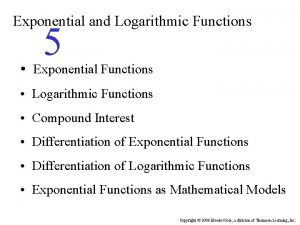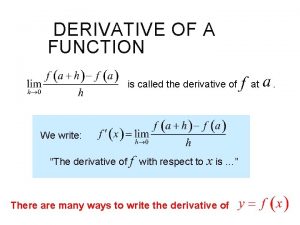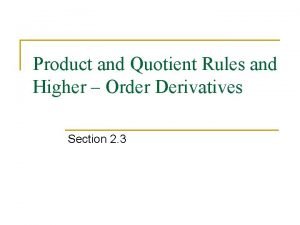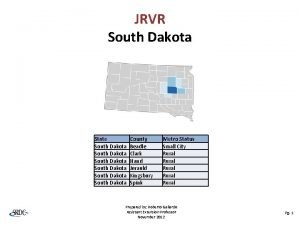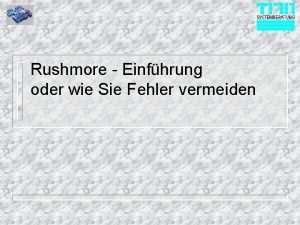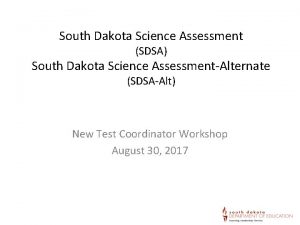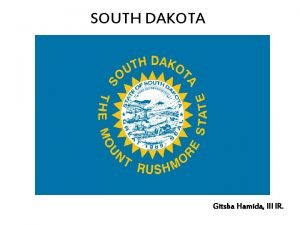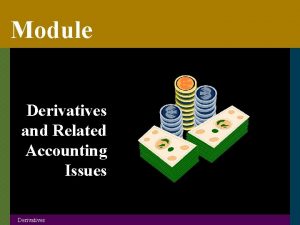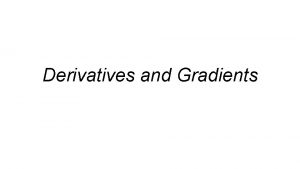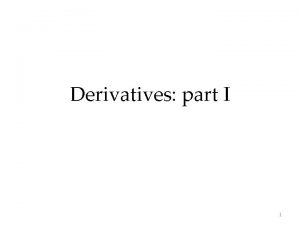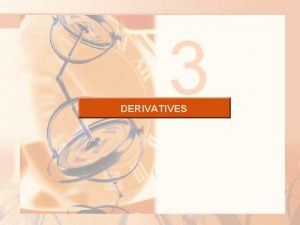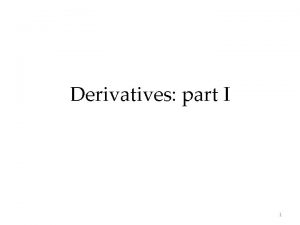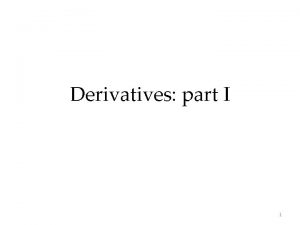Mt Rushmore South Dakota Derivatives of Exponential and
























- Slides: 24

Mt. Rushmore, South Dakota Derivatives of Exponential and Logarithmic Functions

Look at the graph of The slope at x=0 appears to be 1. If we assume this to be true, then: definition of derivative

Now we attempt to find a general formula for the derivative of using the definition. This is the slope at x=0, which we have assumed to be 1.

What does this mean? ?

At each point P(c, ec) on the graph y = ex, the slope of the graph equals the value of the function ec.

is its own derivative! If we incorporate the chain rule: We can now use this formula to find the derivative of

( and are inverse functions. ) (chain rule)

( is a constant. ) Incorporating the chain rule:

So far today we have: Now it is relatively easy to find the derivative of .


To find the derivative of a common log function, you could just use the change of base rule for logs: The formula for the derivative of a log of any base other than e is:


Example • Differentiate the function f(x) = x ln x. Solution f '(x) = x (1/x) + (ln x)(1) = 1 + ln x

Example • Differentiate the function.

Solution

Example • Differentiate the function with respect to t.

Solution

The Chain Rule for Logarithmic Functions • If u(x) is a differentiable function of x, then remember:

Example • Differentiate the function.

Solution

The Chain Rule for Exponential Functions • If u(x) is a differentiable function of x, then remember:

Example • Differentiate the function. Solution

Example • Differentiate the function. Solution

Example • Differentiate the function. Solution
 Great faces great places
Great faces great places South dakota temporary license plate
South dakota temporary license plate South dakota municipal league
South dakota municipal league South dakota tornado
South dakota tornado Embassy suites south dakota
Embassy suites south dakota South dakota perinatal association
South dakota perinatal association South dakota state university
South dakota state university North dakota state nickname
North dakota state nickname South dakota trust law
South dakota trust law South dakota counseling association
South dakota counseling association Northwest south dakota
Northwest south dakota Skills usa south dakota
Skills usa south dakota North dakota league of cities
North dakota league of cities Linda lewis south dakota
Linda lewis south dakota Blackberry trail mount rushmore
Blackberry trail mount rushmore La catena usa con il monte rushmore
La catena usa con il monte rushmore Mount rushmore
Mount rushmore Mount rushmore background
Mount rushmore background The rushmore group
The rushmore group Uses of igneous rocks
Uses of igneous rocks Domain of log
Domain of log Log and exponential derivatives
Log and exponential derivatives Log derivative rules
Log derivative rules Old south vs new south streetcar named desire
Old south vs new south streetcar named desire Product and quotient rules and higher order derivatives
Product and quotient rules and higher order derivatives

